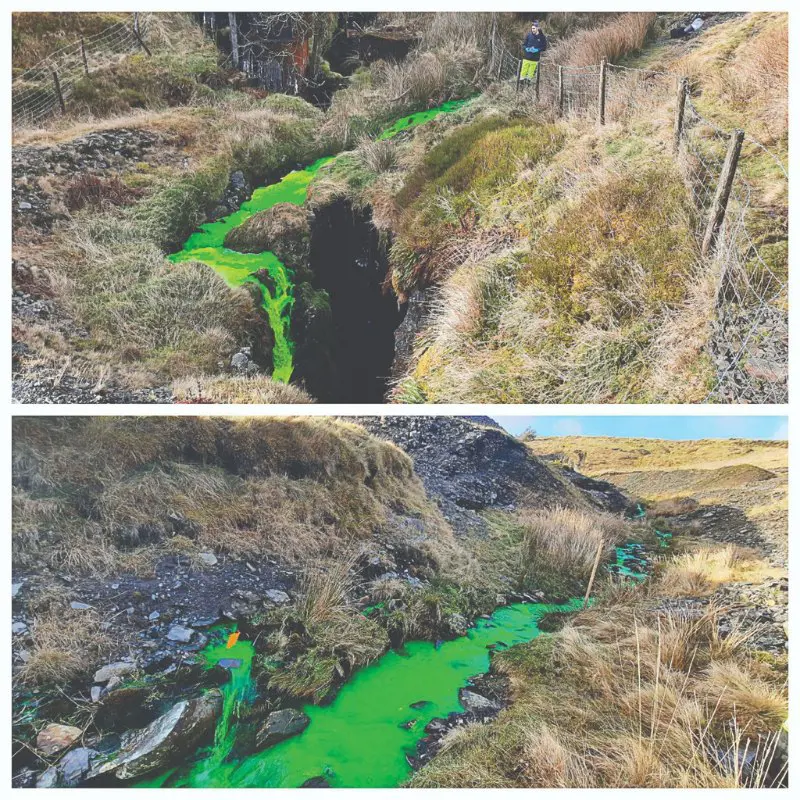The wider use of innovative tracer technology in the Australian mining industry can help miners better understand water flows in legacy and active mines, as well as the environmental parameters of operations.
At a legacy lead-zinc mine in the United Kingdom, SRK Consulting hydrogeologists sought to understand how water flows could affect the placement of a planned remediation facility.
Tracer dye was added to water surface flows entering an open shaft of an underground mine. Monitoring data yielded valuable insights by capturing previously unknown hydraulic discharges from the mine.
The recovery and breakthrough times were used to establish the proportional split of discharges at different monitoring points which, when coupled with water quality data, were used to highlight dominant discharge flow pathways with high metal load.
In Brazil, SRK hydrogeologists have used tracers to delimit the influence area of cavities in limestone and ferriferous formations, springs and pumping wells, and to characterise fractures and hydraulic barriers, providing assistance in the location of dewatering wells and contamination remediation planning at the mine.
In Canada and the US, tracer tests have been used to improve the operation of wellfields and to better understand catchment flow dynamics. Chloride and bromide (natural tracers) have been used to assess residence times in backfill pits and assess the mixing of source waters in waste rock.
SRK hydrogeologists have used a variety of tools and laboratory-based water-quality analyses to interpret tracer data, including the development of in-house analytical and Python models for rapid tracer modelling.
These are just a few examples of how tracer tests are being used to understand water flows in legacy and active mines. New applications of the technology are particularly applicable to Australia, which has thousands of unused mines, some of which can cause public hazards or damage the surrounding environment.
“The insights from tracer testing are invaluable,” Richard Cheal, a senior consultant (hydrogeology) at SRK Consulting Australasia, told Australian Mining.
“The data are particularly valuable in the context of legacy and active mining operations. Understanding water flow dynamics is crucial for refining conceptual models and defining constraints in numerical models.
“The insights developed overseas with the latest tracer testing technology can be applied to many mining operations in Australia.”
Broad application
Cheal says tracer testing has a wide range of applications in mining. By confirming sub-surface flow pathways at a mine, SRK can identify where water from the mine flows to and which waterbodies it affects.
“This information is crucial for developing remediation strategies at a mine,” he said.
In active mines, tracer testing can monitor the effectiveness of water management strategies, provide plume migration data, give insight into contaminant attenuation potential and geochemical mechanisms (such as acid mine drainage and metal loading), aid in the design of tailings storage facilities, and refine conceptual and numerical models.
“Tracer tests can provide insights into hydrogeological conditions, and inform strategies for water management and environmental protection,” Cheal said. “It’s an important part of sustainable resource management.”

